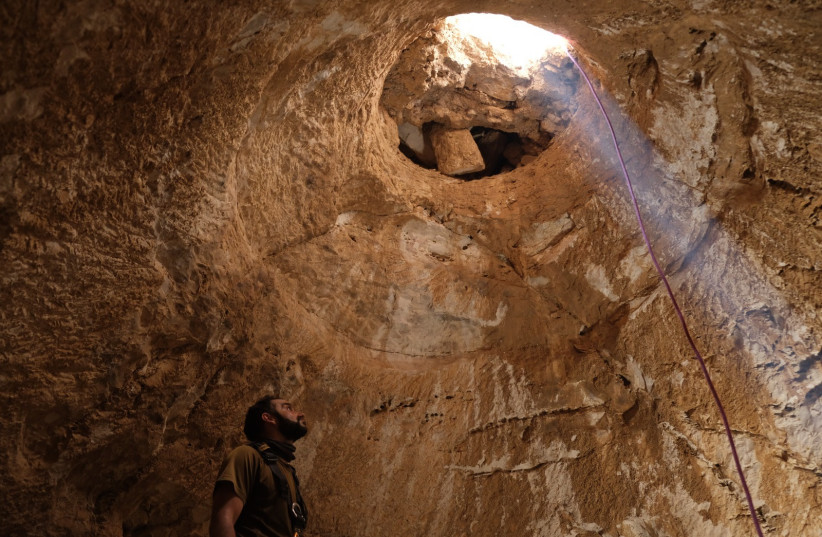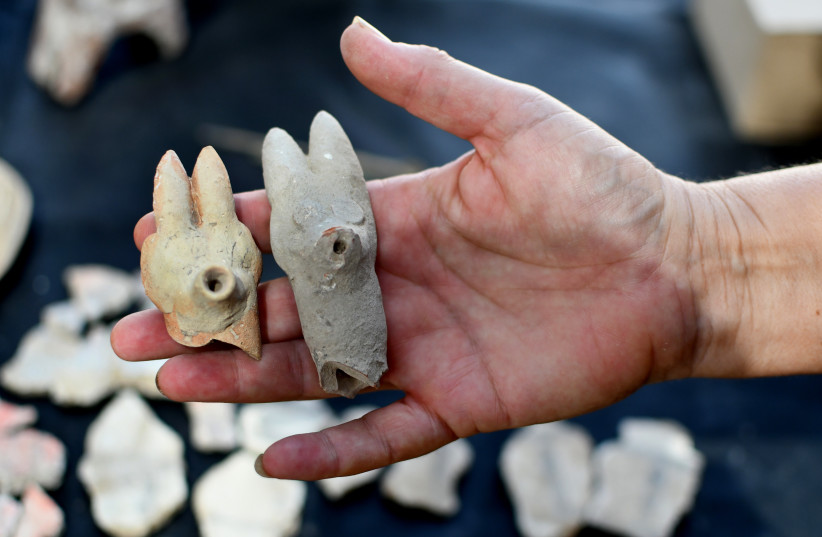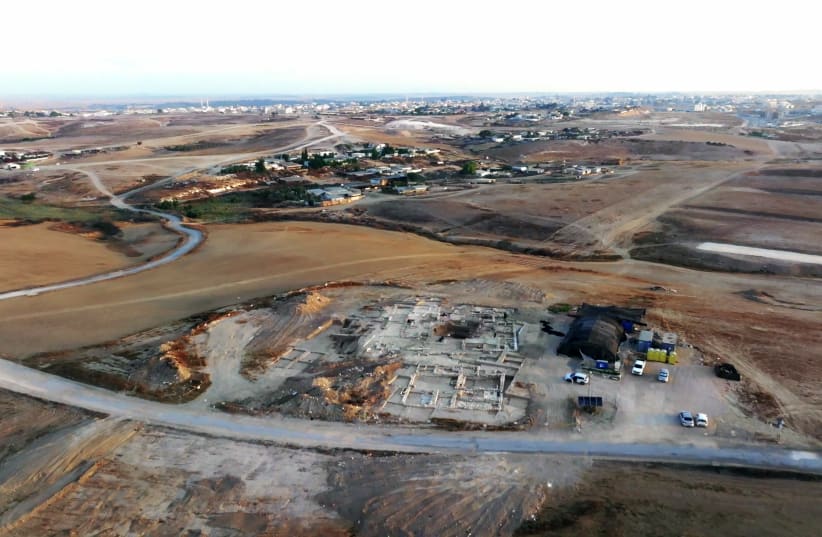Archaeological excavations carried out by the Israel Antiquities Authority discovered a rural estate in Rahat in the Negev estimated to be around 1,200 years old, as the building dated back to the early Islamic period.
“This is a unique discovery unknown until today. We were surprised to discover a complex of stone-built vaults at a depth of 5.5 meters below the courtyard, standing to a height of 2.5 meters,” according to the Israel Antiquities Authority directors Oren Shmueli, Dr. Elena Kogan-Zehavi and Dr. Noé D. Michael.
“Our biggest surprise was the discovery of an opening below the vaulted rooms, that led into a deep rock-hewn cistern,” they continued. The directors also concluded that the estate and the underground areas indicate the owners’ intelligence, high status and wealth.


“The luxurious estate was uncovered in an area located between two ancient mosques,” said Israel Antiquities Authority director Eli Eskosido. “By good chance, and much to the local population’s interest and excitement, the Islamic building remains have been discovered in the area planned for expanding the town of Rahat.”
Description of the structures and utilization
The directors said that the vaults were built as storerooms. This was done to protect its residents from the heat and help them move underground safely.
Underground, there were also oil lamp sherds made of clay that were used to illuminate dark rooms.
“This is a unique discovery unknown until today. We were surprised to discover a complex of stone-built vaults at a depth of 5.5 meters below the courtyard, standing to a height of 2.5 meters."
Israel Antiquities Authority directors


The estate is comprised of four wings and is around a central courtyard. Some rooms had marble and stone floors; others had floors of plaster. Some rooms also have walls containing frescoes.
What do the archaeologists think?
The excavation was conducted because of the close collaboration and cooperation between the Israel Antiquities Authority and the Authority for the Development and Settlement of the Bedouin.
Eskosido also said that the two organizations are “planning together to conserve and exhibit the finds to the general public.” Furthermore, starting on Thursday, the public will be able to partake in guided tours and archaeological excavations at the site.
